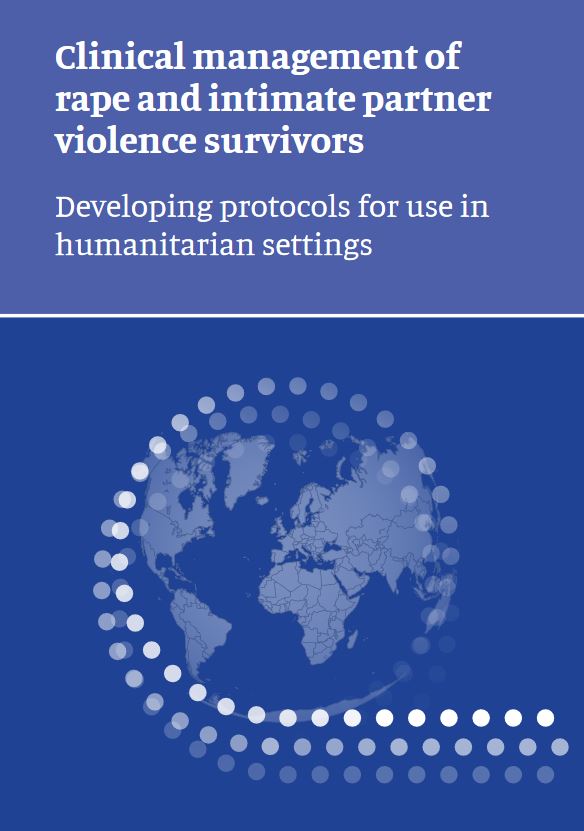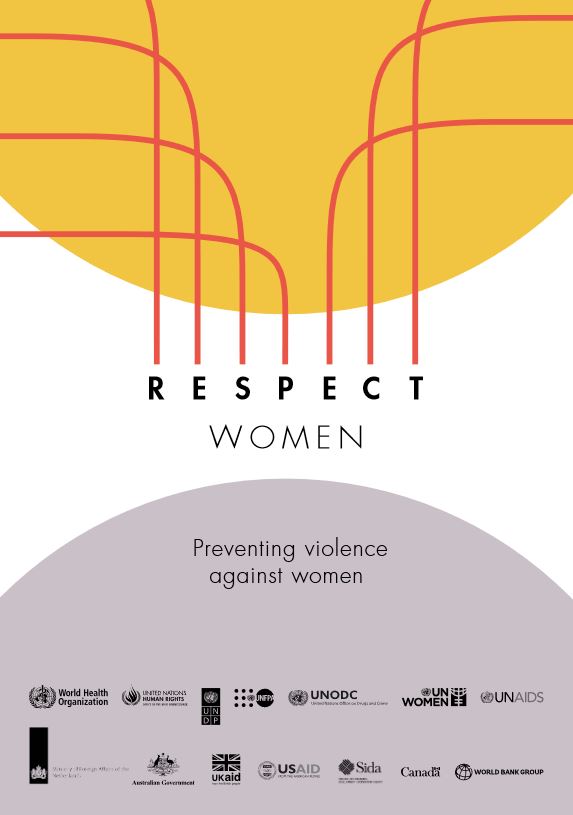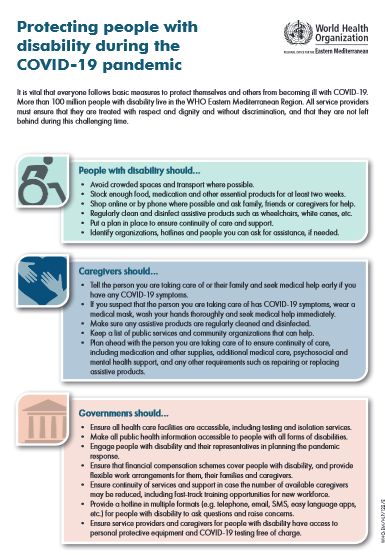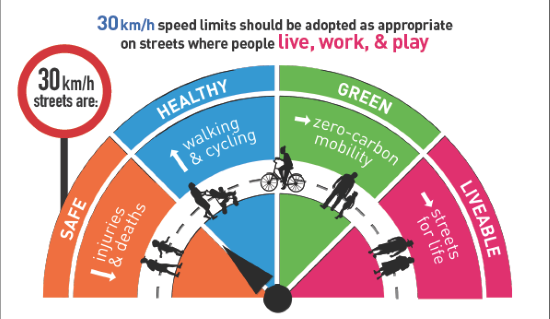
17 May 2021 – The sixth United Nations Global Road Safety Week (17–23 May 2021) is the first key global event during the Second Decade of Action for Road Safety 2021–2030. The Second Decade was declared by United Nations General Assembly resolution A/74/L.86 ‘Improving global road safety’ in August 2020, with a global target of reducing road traffic deaths and injuries by at least 50% by its end.
This year’s Road Safety Week focuses on speed with a slogan of #SpeedsforLife” and #Love30 campaign. The aim is to advocate for limiting speed to a maximum of 30 km an hour on streets where pedestrians, cyclists and other vulnerable road users mix with traffic such as around schools and residential and commercial areas. This is the foundation for building safe, healthy, green and liveable cities for people.
Speeding contributes significantly to the risk and severity of road traffic crashes. Available data show that excessive or inappropriate speed contributes to 1 in 3 of road traffic fatalities worldwide. Evidence has also shown that a 5% cut in average speed can result in a 30% reduction in fatal road traffic crashes. Besides establishing and enforcing speed limits appropriate to the function of each road, measures to manage speed include building or modifying roads with traffic calming features, installing in-vehicle technologies such as intelligent speed assistance, and raising public awareness of the dangers of speeding.
WHO's Eastern Mediterranean Region has the third highest estimated road traffic death rate across the world. Road traffic injury is a problem for all countries in the Region regardless of their income level. Road traffic injury is the eighth leading cause of death among all age groups and one of the leading 5 causes of death among adolescents and young adults aged 15–29 years old in the Region. All countries in the Region have speed laws; however, these laws need to be reviewed to ensure that they set appropriate speed limits on urban roads.
Road Safety Week 2021 comes at an unusual time, as the COVID-19 pandemic remains with us. Since the early months of 2020, measures and lockdowns aiming to control the pandemic with the shift in work modalities and suspension of activities in most countries, led to reduced motorized road transport, fewer greenhouse gas emissions, less noise and air pollution, as well as more active transport, including walking and cycling. As the pandemic continues, people also continue to move on the roads using motorized and non-motorized transport, crashes still kill people on the roads and lives still need to be saved.
It is therefore important to sustain collective efforts to improve road safety during the pandemic response and recovery phases and as the world moves beyond it. It is crucial to ensure that in building back better, road safety is re-prioritized drawing on the lessons learned during the first Road Safety Decade (2011–2020) towards achieving the targets of the Second Decade and the Sustainable Development Goals.
Related links
Sixth UN Global Road Safety Week
Speed management: a road safety manual for decision-makers and practitioners
SaveLIVES: a road safety technical package
Global status report on road safety 2018
Policy brief: reducing injury, disability, death and economic losses through road safety in the Eastern Mediterranean Region | Arabic
WHO fact sheet on road traffic injuries
Regional road safety infographics
Road traffic injuries: Facts from the Eastern Mediterranean Region





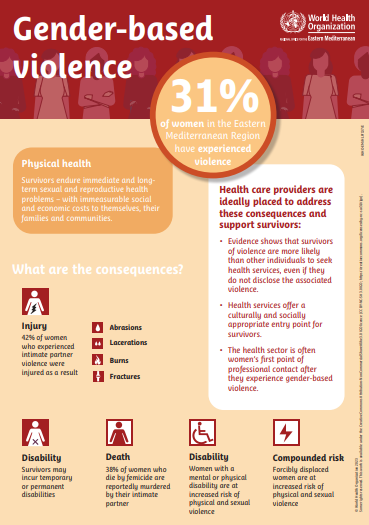
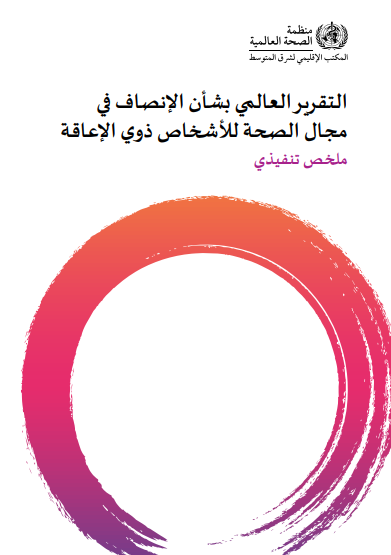
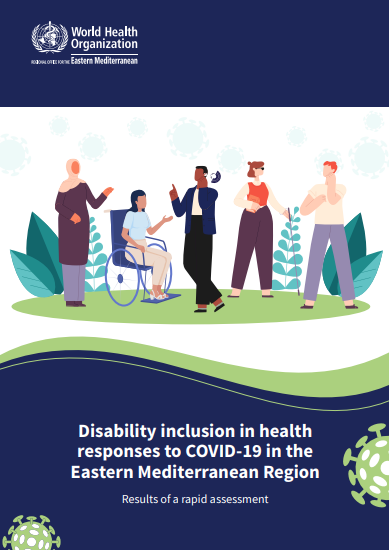
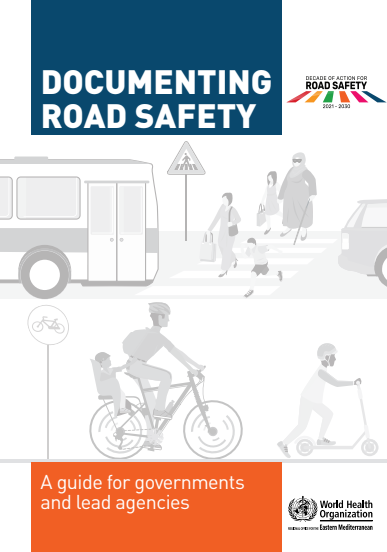 Documenting road safety: a guide for governments and lead agencies
Documenting road safety: a guide for governments and lead agencies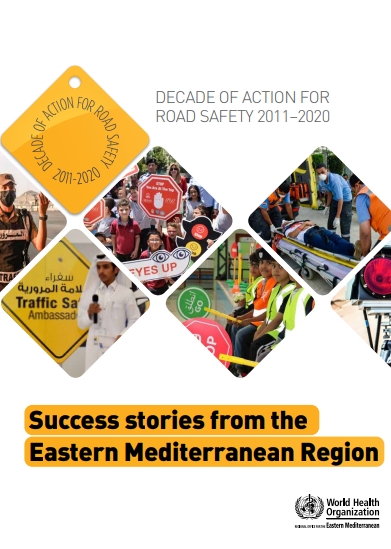
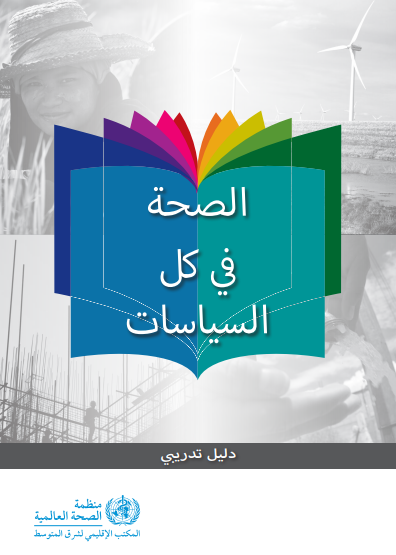

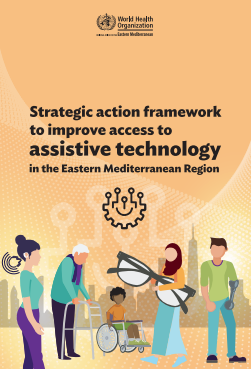 Strategic action framework to improve access to assistive technology in the Eastern Mediterranean Region
Strategic action framework to improve access to assistive technology in the Eastern Mediterranean Region